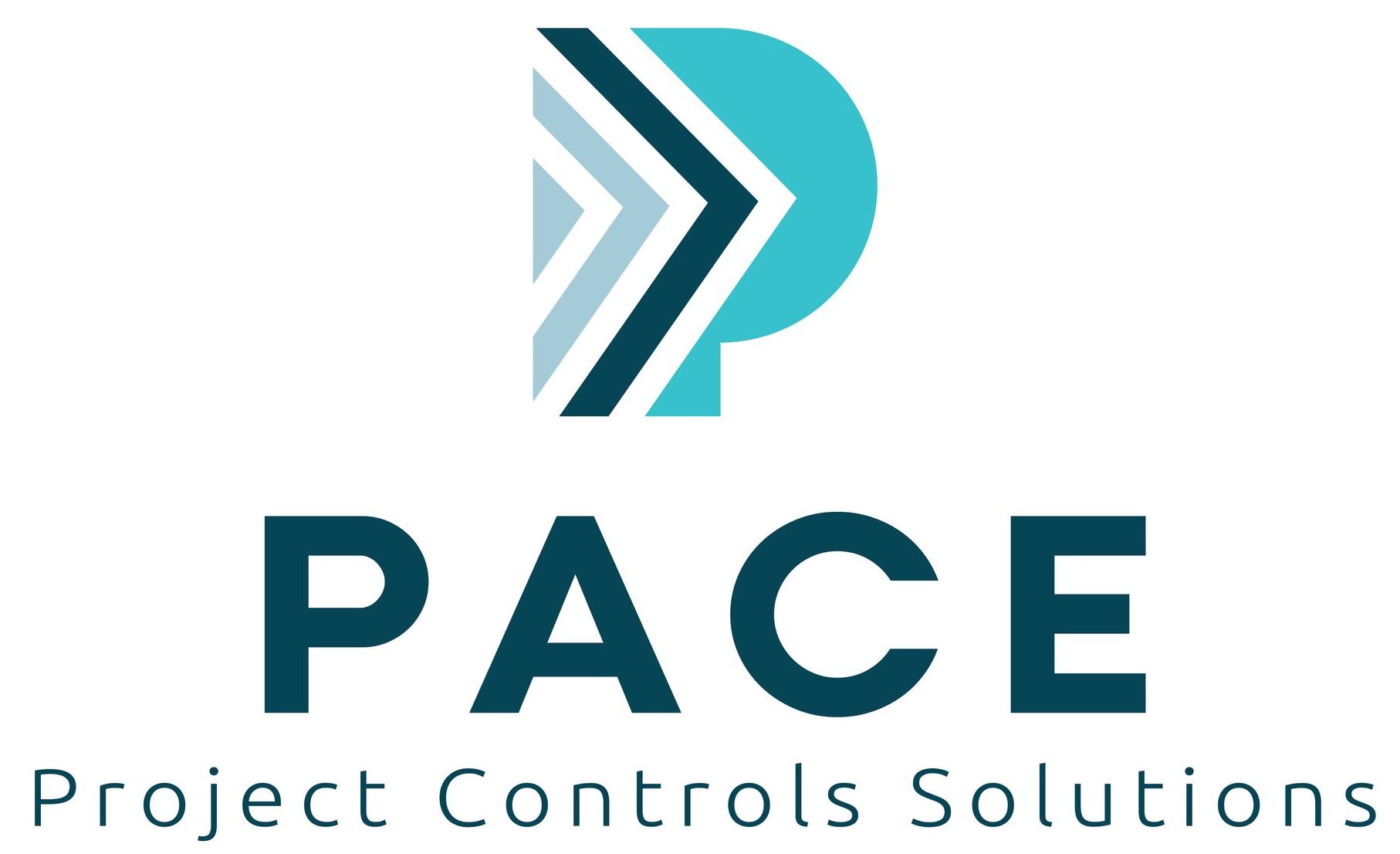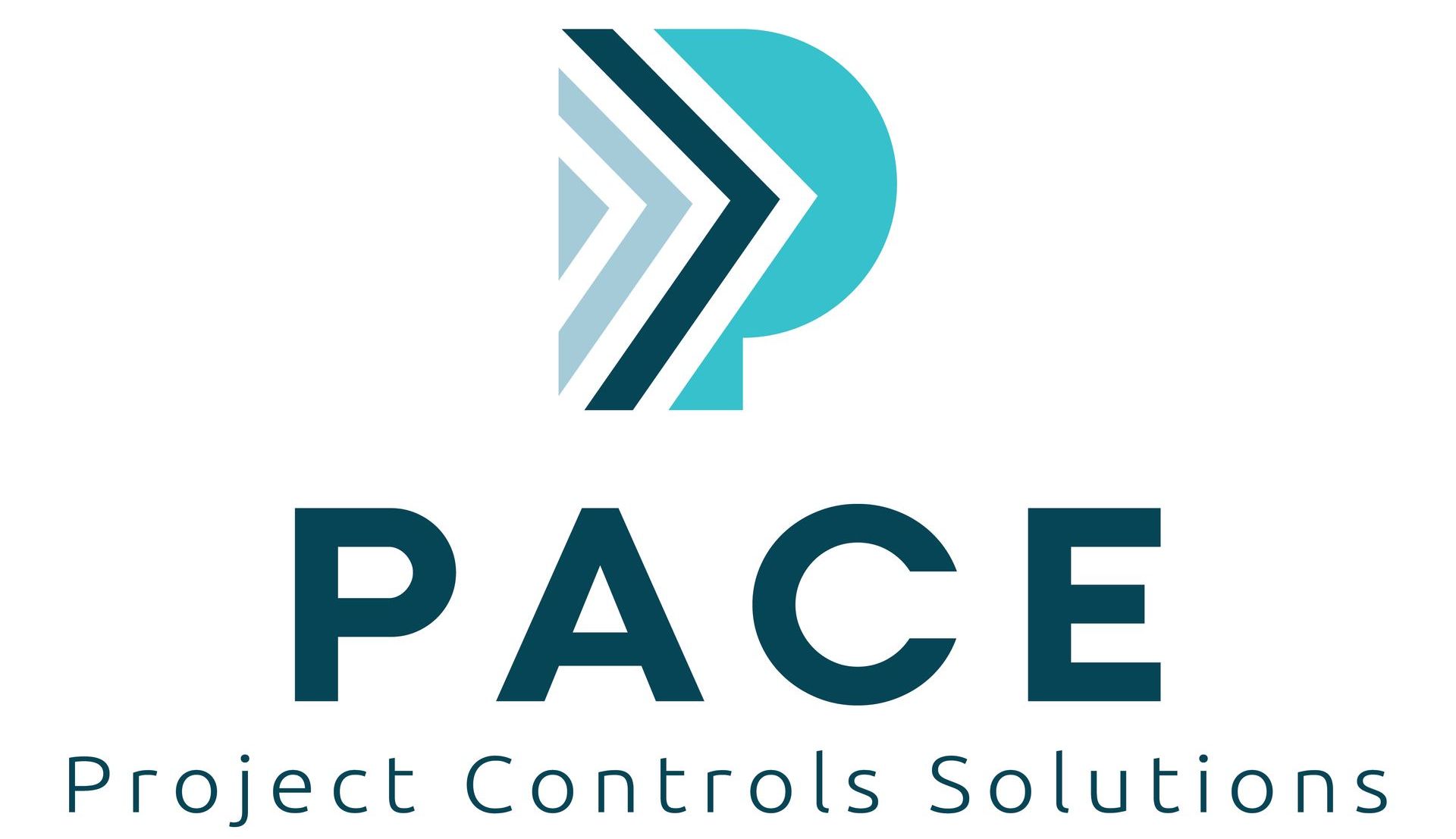How Project Controls Professionals Can Use AI
As the complexity and scale of projects increase, AI offers a powerful toolset to improve efficiency, enhance decision-making, and reduce risks.

Artificial Intelligence (AI) is transforming industries around the world, and project controls is no exception. As the complexity and scale of projects increase, AI offers a powerful toolset to improve efficiency, enhance decision-making, and reduce risks. AI can process vast amounts of data quickly and accurately, providing insights that help project controls professionals manage costs, schedules, risks, and performance more effectively.
In this blog, we will explore how project controls professionals can harness the power of AI to optimise their work and improve project outcomes.
1. AI-Powered Forecasting and Cost Management
One of the core responsibilities of project controls professionals is managing project costs and accurately forecasting future expenses. Traditionally, this has been done using historical data, spreadsheets, and manual reporting. AI significantly enhances these processes by using predictive analytics and machine learning algorithms to analyse historical data, current trends, and market conditions to provide more accurate forecasts.
Key Applications:
- Predictive Cost Forecasting: AI can analyse vast amounts of historical cost data to predict future expenses with greater accuracy. This is particularly useful for large-scale or long-duration projects, where minor miscalculations can lead to significant cost overruns.
- Automated Cost Tracking: AI can automate the monitoring of costs in real time, flagging potential budget issues early and suggesting corrective actions before they escalate. This helps project controls professionals stay on top of costs and make data-driven adjustments to avoid overruns.
Benefits:
- Improved accuracy in cost estimation and forecasting.
- Early detection of cost deviations, allowing for faster interventions.
- Reduced manual workload by automating data analysis and reporting.
2. Enhanced Risk Management with AI
Risk management is another crucial aspect of project controls, and AI is particularly effective in this area. AI-driven systems can continuously monitor and analyse data from various sources to identify potential risks before they become critical issues. By identifying patterns that may be invisible to the human eye, AI enhances the ability of project controls professionals to anticipate, mitigate, and manage risks.
Key Applications:
- Risk Prediction: AI can predict potential project risks by analysing past project data, external factors like market trends or weather conditions, and internal variables such as resource availability and performance metrics.
- Automated Risk Monitoring: AI can continuously scan project data to detect early warning signs of emerging risks, such as delays, cost increases, or resource shortages. It can also prioritise risks based on severity and likelihood, enabling project controls professionals to focus on the most critical issues.
- Scenario Planning: AI tools can simulate various risk scenarios and their potential impact on the project, helping project controls professionals plan mitigation strategies and optimise decision-making.
Benefits:
- Proactive risk management, reducing the likelihood of unexpected issues.
- More effective allocation of resources for risk mitigation.
- Data-driven decision-making based on real-time risk analysis.
3. AI-Driven Scheduling and Resource Optimisation
Project scheduling is another area where AI can significantly improve efficiency and accuracy. Traditional scheduling relies on project controls professionals manually building schedules based on estimates and experience. AI, however, can analyse project data, resource availability, and historical trends to optimise schedules in real time.
Key Applications:
- Automated Schedule Optimisation: AI can create optimal project schedules by analysing task dependencies, available resources, and potential bottlenecks. This can significantly reduce the time spent on manual schedule creation and increase the chances of on-time project delivery.
- Dynamic Rescheduling: AI can automatically update and adjust schedules when changes occur, such as resource shortages, unexpected delays, or scope changes. It can also suggest the most efficient ways to reallocate resources or adjust timelines.
- Predictive Maintenance Scheduling: For projects involving machinery or equipment, AI can predict when maintenance is needed based on usage patterns and performance data, ensuring that resources are properly maintained and avoiding downtime.
Benefits:
- Increased efficiency in schedule creation and management.
- Reduced project delays due to real-time schedule updates and adjustments.
- More effective use of resources, ensuring that bottlenecks are minimised.
4. Automating Reporting and Performance Analysis
Reporting and performance analysis are essential aspects of project controls, often requiring significant manual effort. AI can streamline these processes by automating data collection, analysis, and report generation. This not only saves time but also provides more detailed and insightful reports that can be used to improve project performance.
Key Applications:
- Automated Reporting: AI can automatically generate reports on project performance, costs, and progress, providing real-time insights without the need for manual data entry. This reduces the time spent on administrative tasks and allows project controls professionals to focus on strategic decision-making.
- Performance Dashboards: AI can power dynamic dashboards that track project performance in real time, highlighting key metrics such as budget adherence, schedule progress, and resource utilisation. These dashboards can be customised to provide tailored insights based on the specific needs of the project.
- Anomaly Detection: AI can automatically detect anomalies in project data, such as unexpected cost spikes or delays, and alert project controls professionals before they become major issues. This allows for quicker interventions and course corrections.
Benefits:
- Streamlined reporting processes, reducing manual workload.
- Real-time performance insights, improving project decision-making.
- Faster identification and resolution of performance issues.
5. Improving Collaboration and Communication with AI Tools
AI can also enhance collaboration and communication within project teams. Effective communication is critical to project success, and AI tools can facilitate smoother interactions, ensuring that everyone is on the same page and that information flows seamlessly between stakeholders.
Key Applications:
- AI-Powered Chatbots and Virtual Assistants: These tools can assist project controls professionals by answering common questions, providing quick updates on project status, and sending reminders for critical tasks or deadlines.
- Collaboration Platforms with AI Integration: AI-driven collaboration platforms can analyse team interactions, identify communication bottlenecks, and recommend ways to improve workflow efficiency. They can also automate the sharing of key project updates with stakeholders.
- Natural Language Processing (NLP) for Reporting: AI tools with NLP capabilities can help project controls professionals by converting complex data into easy-to-understand language, making reports and project updates clearer for all stakeholders, including non-technical audiences.
Benefits:
- Enhanced team communication and collaboration through AI-driven tools.
- Reduced miscommunication and better alignment of project goals.
- Time saved on routine communication tasks, freeing up professionals for more strategic work.
6. Leveraging AI for Decision Support
AI’s ability to process large datasets quickly and accurately makes it an invaluable tool for decision support in project controls. From assessing the viability of new projects to identifying potential risks in ongoing ones, AI can provide data-driven insights that support better decision-making.
Key Applications:
- Decision Support Systems: AI-powered systems can analyse historical project data, current project conditions, and external factors to provide recommendations on the best course of action. This can be particularly useful when managing complex projects with multiple variables.
- Data-Driven Insights: AI can identify trends and patterns in project data that may not be immediately obvious to human analysts. For example, it can highlight potential cost-saving opportunities or suggest more efficient ways to allocate resources.
- AI-Powered "What-If" Scenarios: AI tools can simulate different project scenarios, allowing project controls professionals to explore the potential outcomes of various decisions before committing to a course of action. This helps mitigate risks and optimise project performance.
Benefits:
- More informed decision-making based on data-driven insights.
- The ability to evaluate different scenarios and their potential impact on projects.
- Reduced risk of costly mistakes by simulating project outcomes before implementing decisions.
Conclusion
AI is revolutionising the way project controls professionals manage and deliver complex projects. From forecasting costs and optimising schedules to enhancing risk management and improving decision-making, AI offers a suite of tools that can significantly improve efficiency and accuracy. By embracing AI, project controls professionals can stay ahead of the curve, make better decisions, and ultimately ensure more successful project outcomes.
As AI continues to evolve, the future of project controls will likely see even greater integration of AI-driven technologies, making it essential for professionals to stay updated on the latest advancements and continuously develop their skills in this area. The key is to use AI as a complement to human expertise, allowing project controls professionals to focus on higher-level strategic tasks while leveraging AI for data processing, analysis, and automation.
Explore
Quick Links
Join Us
Join Us
Thank you for subscribing.
We will keep you up to date with latest news and updates from Pace Global.
You can unsubscribe at any time via email to info@paceglobal.org or from our emails directly.
Please try again later.
Join Us
We will get back to you as soon as possible.
Please try again later.
© 2024 All Rights Reserved | Privacy Policy
Powered with
by Shazamme.com
Powered with
by Shazamme.com

